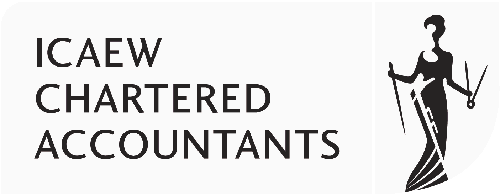UK and International Tax news
OECD Standard For Automatic Exchange Of Financial Information
Thursday 20th February 2014
The OECD has published the final text of the Common Reporting Standard for multilateral exchange, with 41 jurisdictions having committed to implementation.
G20 Leaders met in Russia in September 2013 to fully endorse the OECD proposal for a global model of automatic exchange and invited the OECD working with G20 countries to present such a new single standard for automatic exchange of information in time for the February 2014 meeting of the G20 Finance Ministers and Central Bank Governors.
The standard contained in their report and released in preparation for that meeting calls on jurisdictions to obtain information from their financial institutions and automatically exchange that information with other jurisdictions on an annual basis. It sets out the financial account information to be exchanged, the financial institutions that need to report, the different types of accounts and taxpayers covered, as well as common due diligence procedures to be followed by financial institutions.
Part I of the report gives an overview of the standard and Part II contains the text of the Model Competent Authority Agreement (CAA) and the Common Reporting and Due Diligence Standards (CRS) that together make up the standard.
The new standard draws extensively on earlier work of the OECD in the area of automatic exchange of information. It incorporates progress made within the EU, as well as global anti-money laundering standards, with the intergovernmental implementation of the US’s FATCA having acted as a catalyst for the move towards automatic exchange of information in a multilateral context.
Consistent with previous OECD work in the area of automatic exchange, the common standard is intended to be used by those jurisdictions wishing to automatically exchange financial account information. Its aim is to avoid a proliferation of different standards which would increase costs for both governments and financial institutions.
The standard does not yet contain a detailed commentary to help ensure the consistent application of the standard or information and guidance on the necessary technical solutions, including compatible transmission systems and a standard format for reporting and exchange. Work on these more technical modalities is ongoing.
It is expected that both the commentary and the technical solutions will be completed by mid 2014. Subsequent changes to the standard or its commentary may of course become necessary as jurisdictions gain more experience with its implementation.
Contact Us


